Rio Tinto Mines and River
Tuesday, 19th January 2010 by Noel Ballantyne
The mines at Río Tinto have been producing copper, silver, gold, sulphur, and other minerals for the last 5000 years. The river flowing past the mines is the source of the name, which means the "Painted River". As the name suggests, the Río Tinto is a deep red colour thanks to the high concentrations of heavy metals now present in the water.
According to myth, these are the fabled mines of King Solomon, and a section of the area is still known as Cerro Salomón today. For a time the mines were abandoned, but the Spanish government began operating them again in 1724.
In 1873, after many years of under production, the government sold the mines to a British consortium and the Rio Tinto Company was founded - within a few years the mine was running at full capacity.
The westernmost mine is Corta Atalaya, which is over 1200 metres long, 900 m wide and 350 m deep, making it the largest open-pit mine in Europe.
Due to the effects of acid mine drainage the waters of the Río Tinto are highly acidic, with a pH of between 1.7 and 2.5 (roughly between gastric acid and lemon juice).
Despite the acidity, the Río Tinto is still home to extremophile bacteria, which has led to Astrobiologists taking an interest in the river, believing that conditions may be analogous to extraterrestrial locations thought to have the potential for life, such as subterranean Mars.
For further info visit the official Río Tinto website (Google translation), or see some of the many, many photos on flickr.


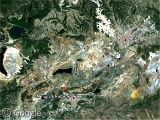
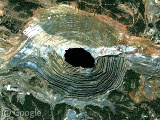
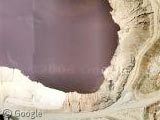
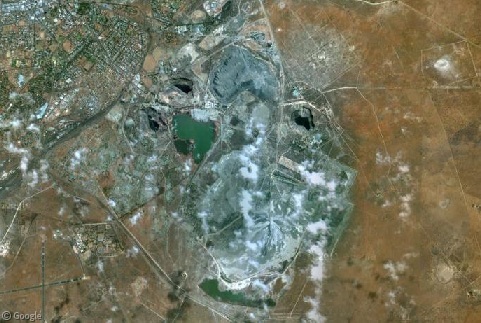
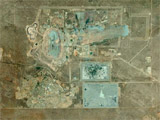
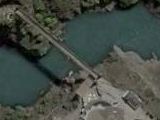
Sharing statistics
Share this site